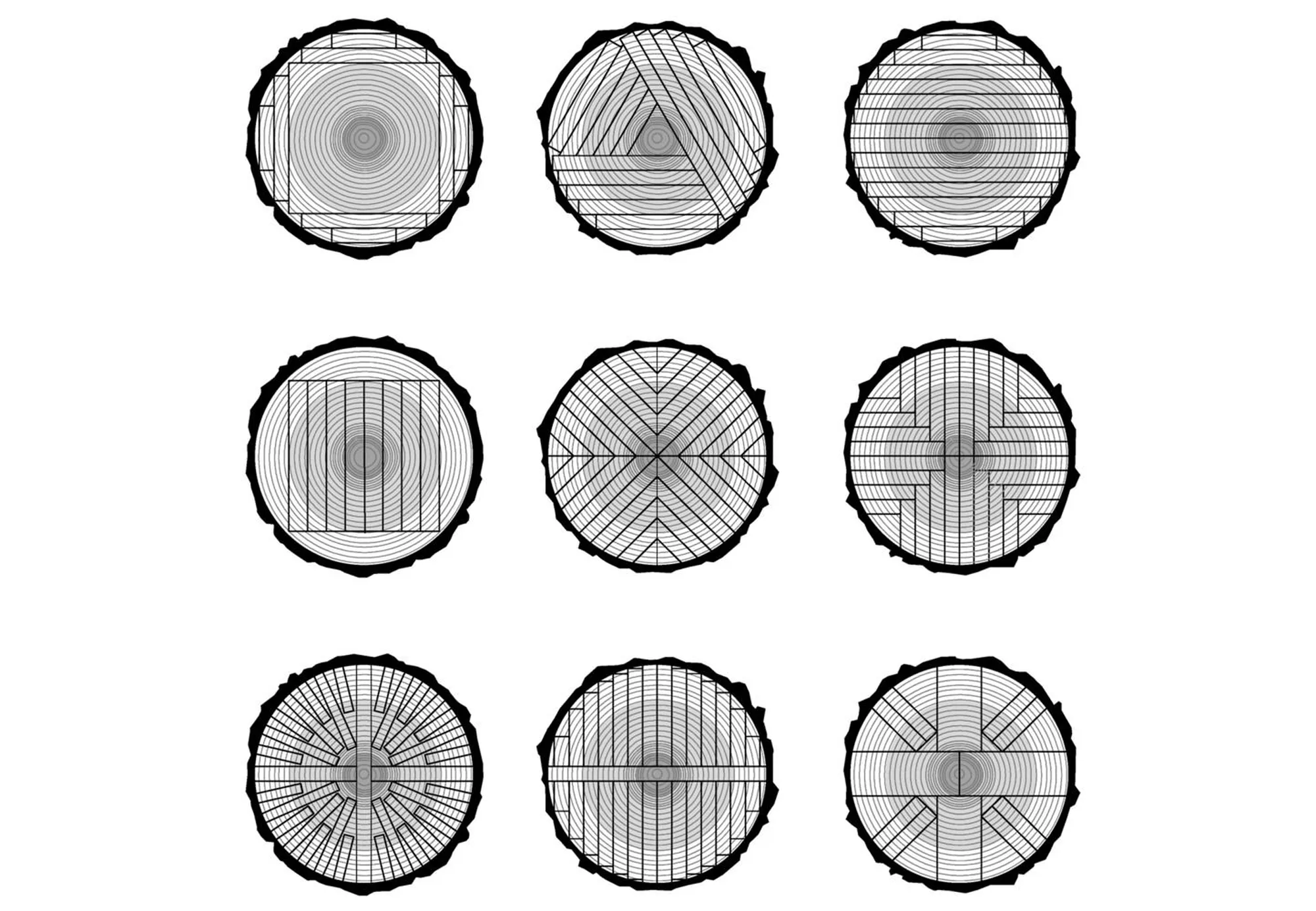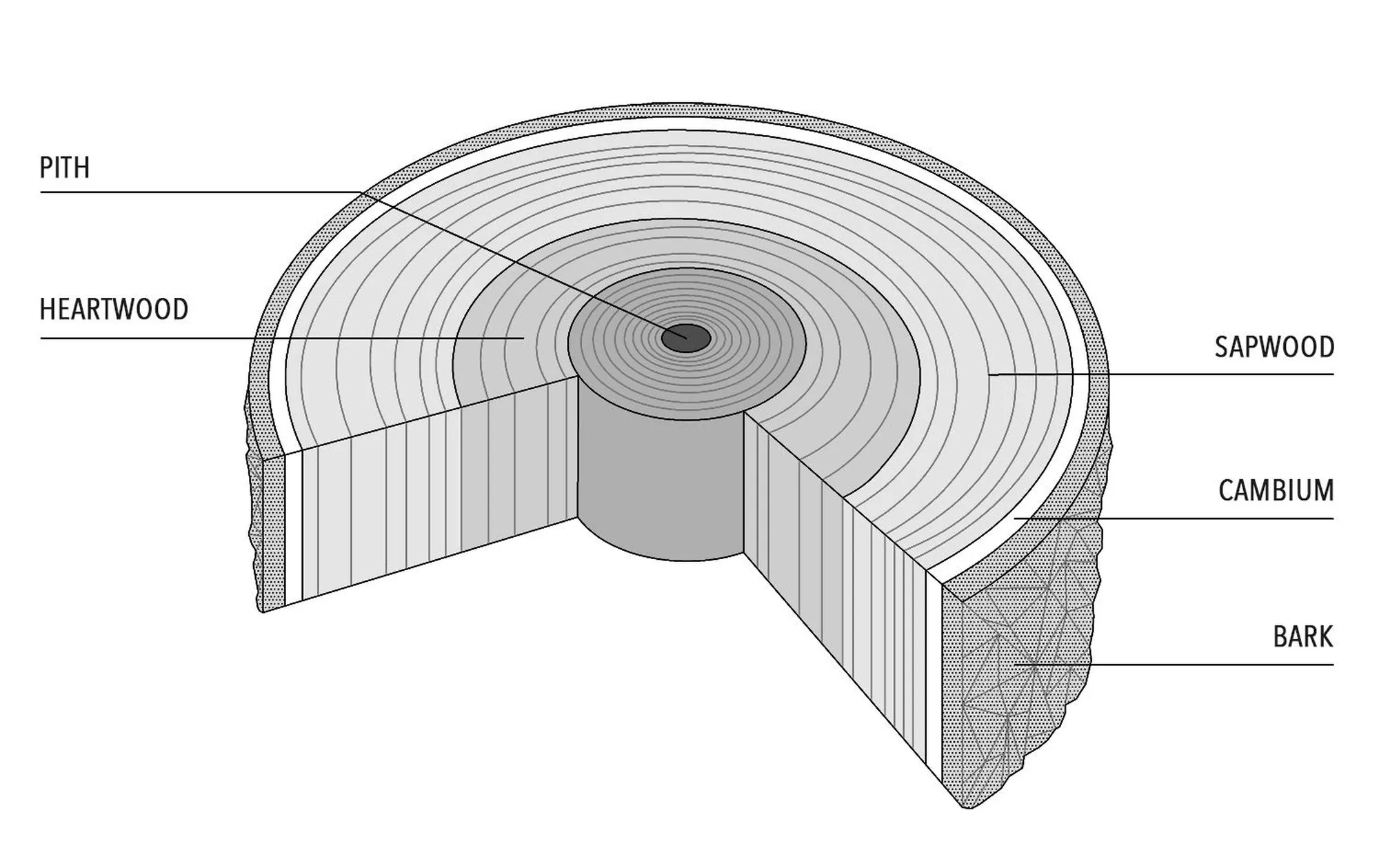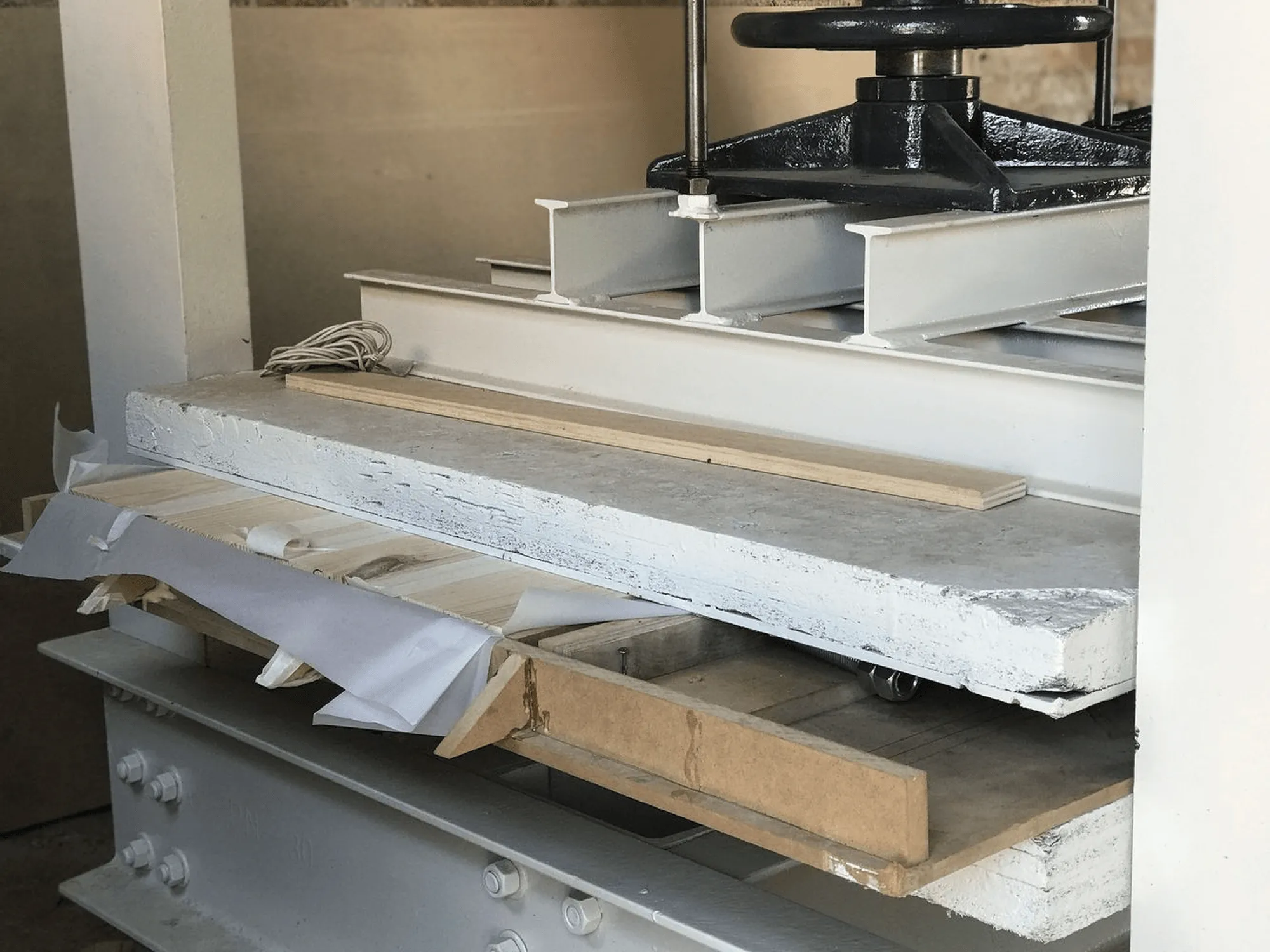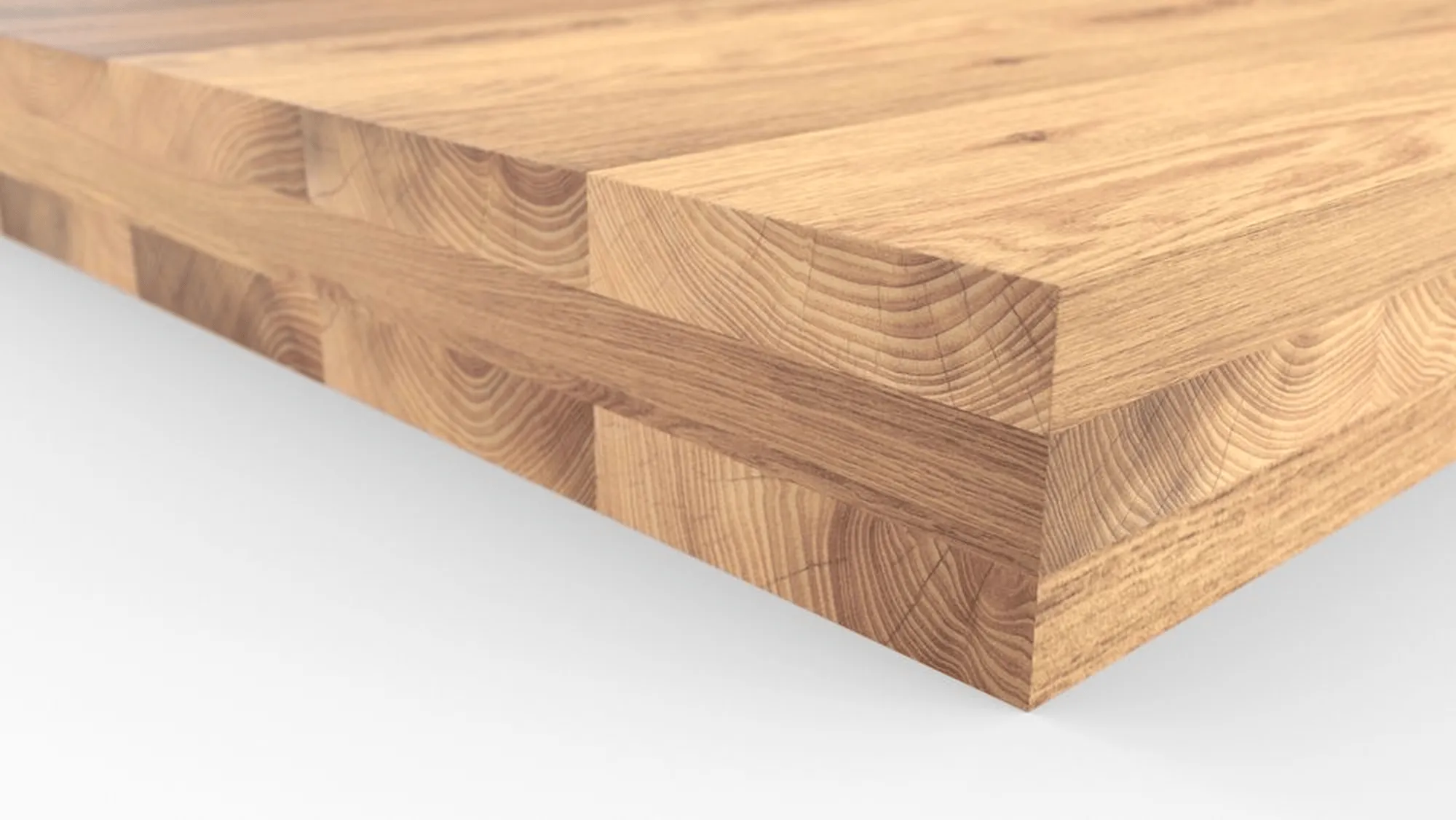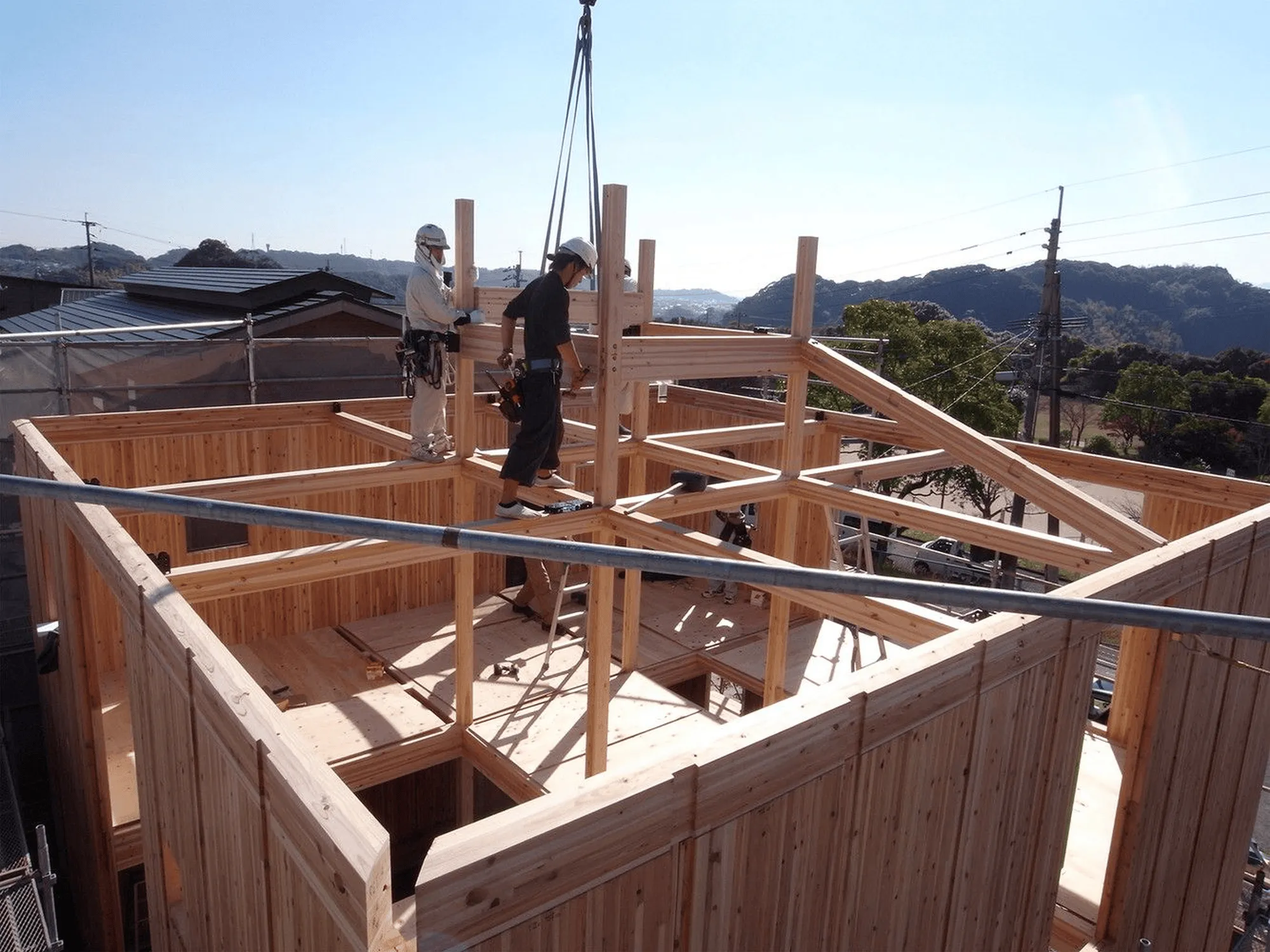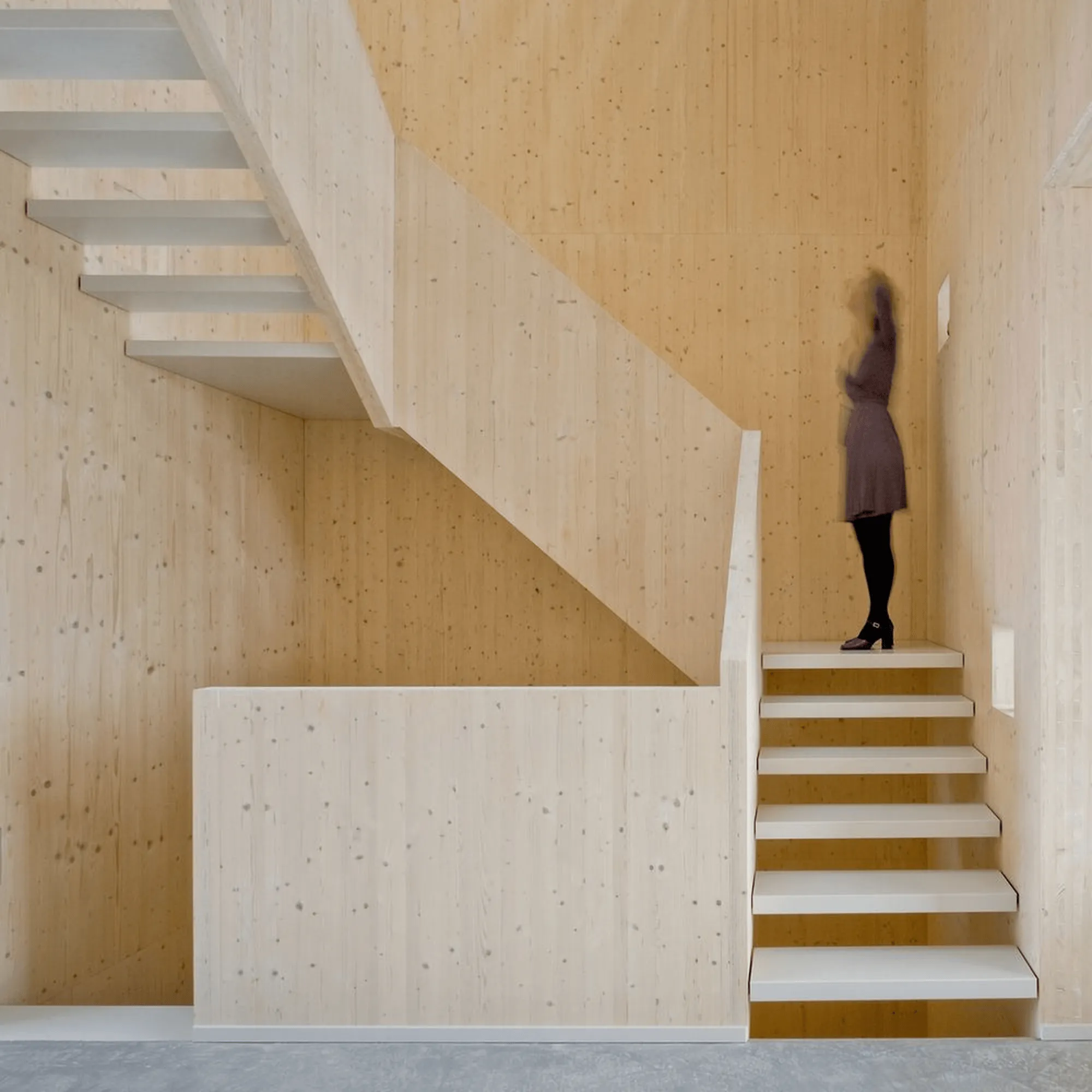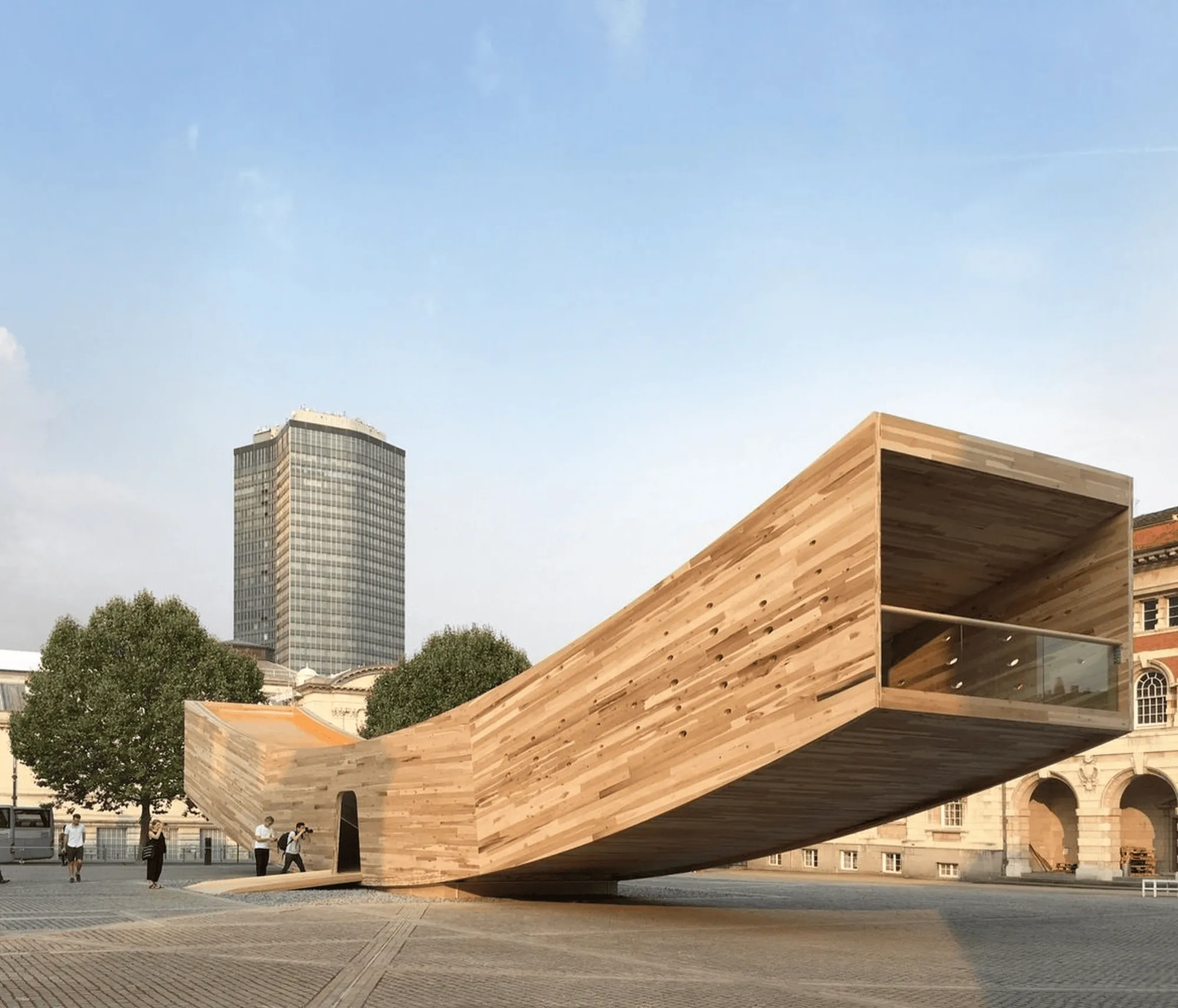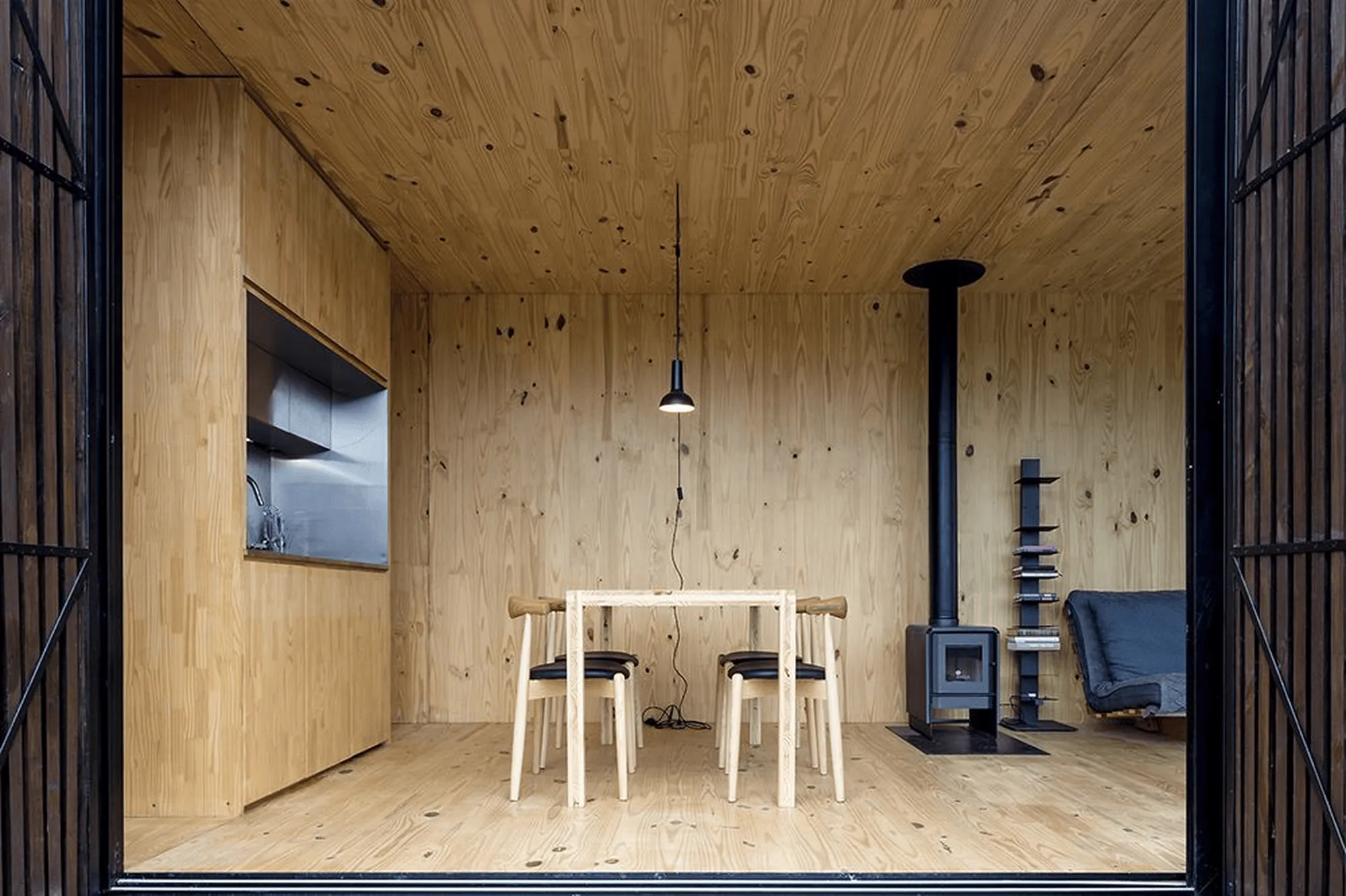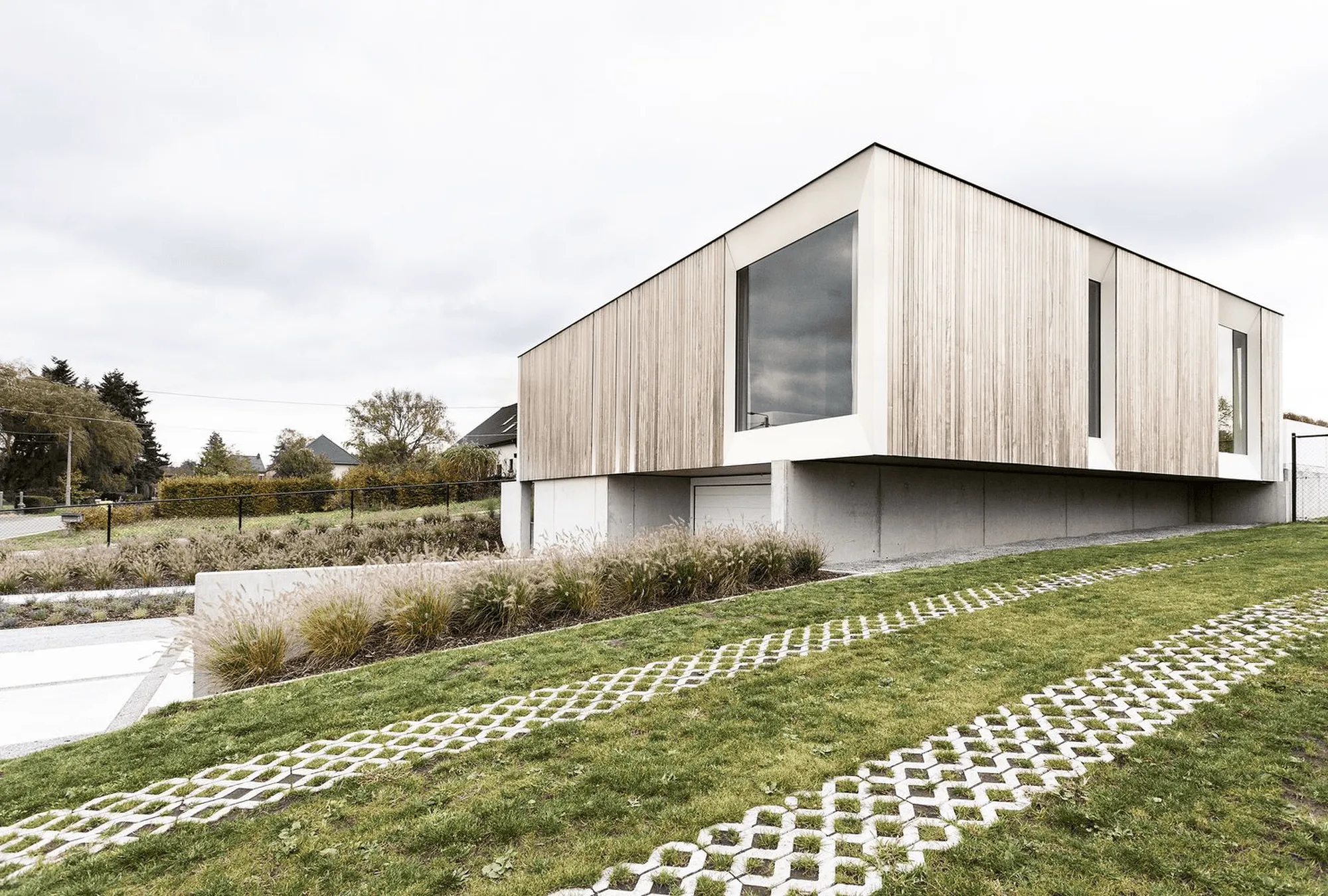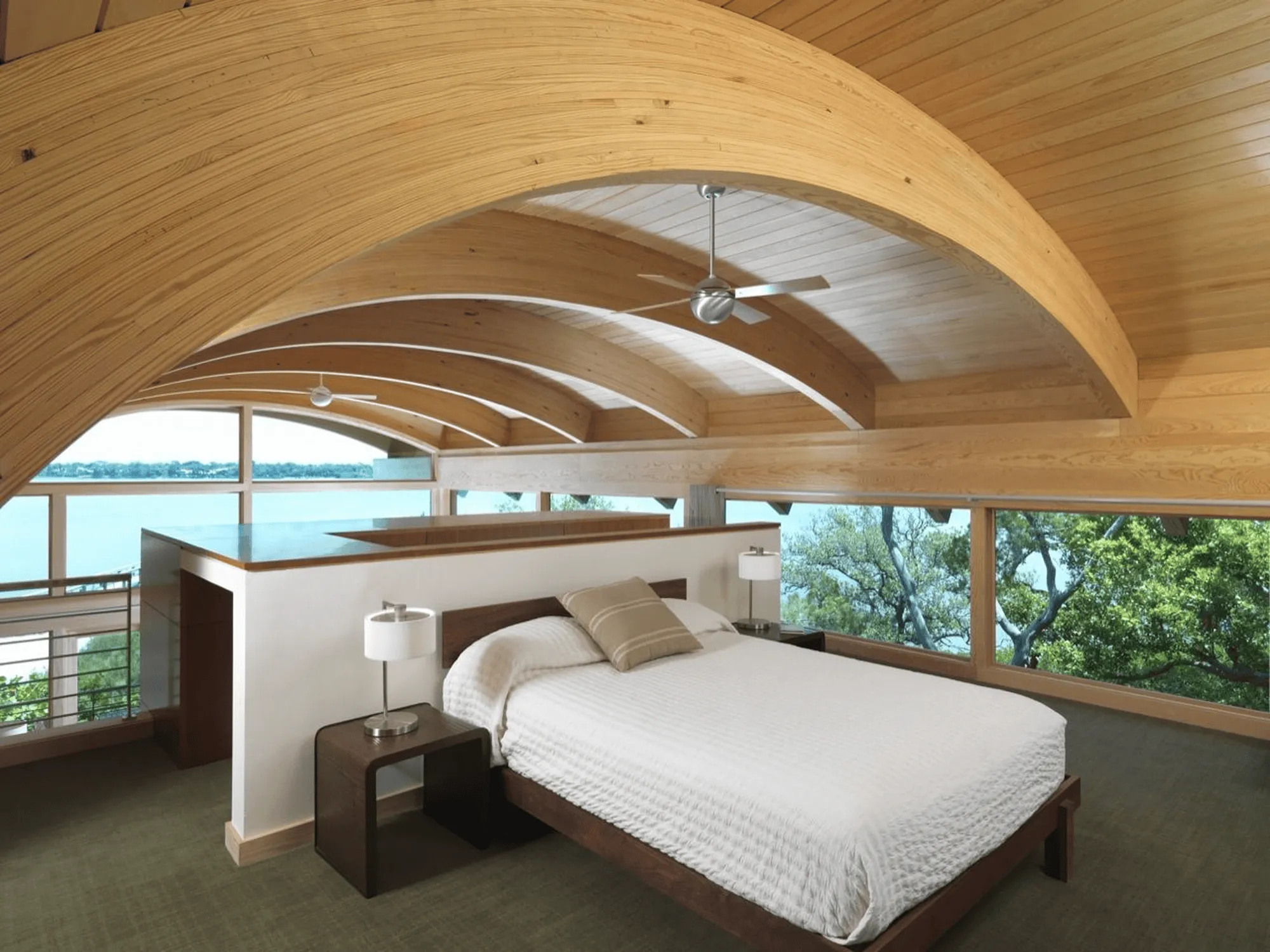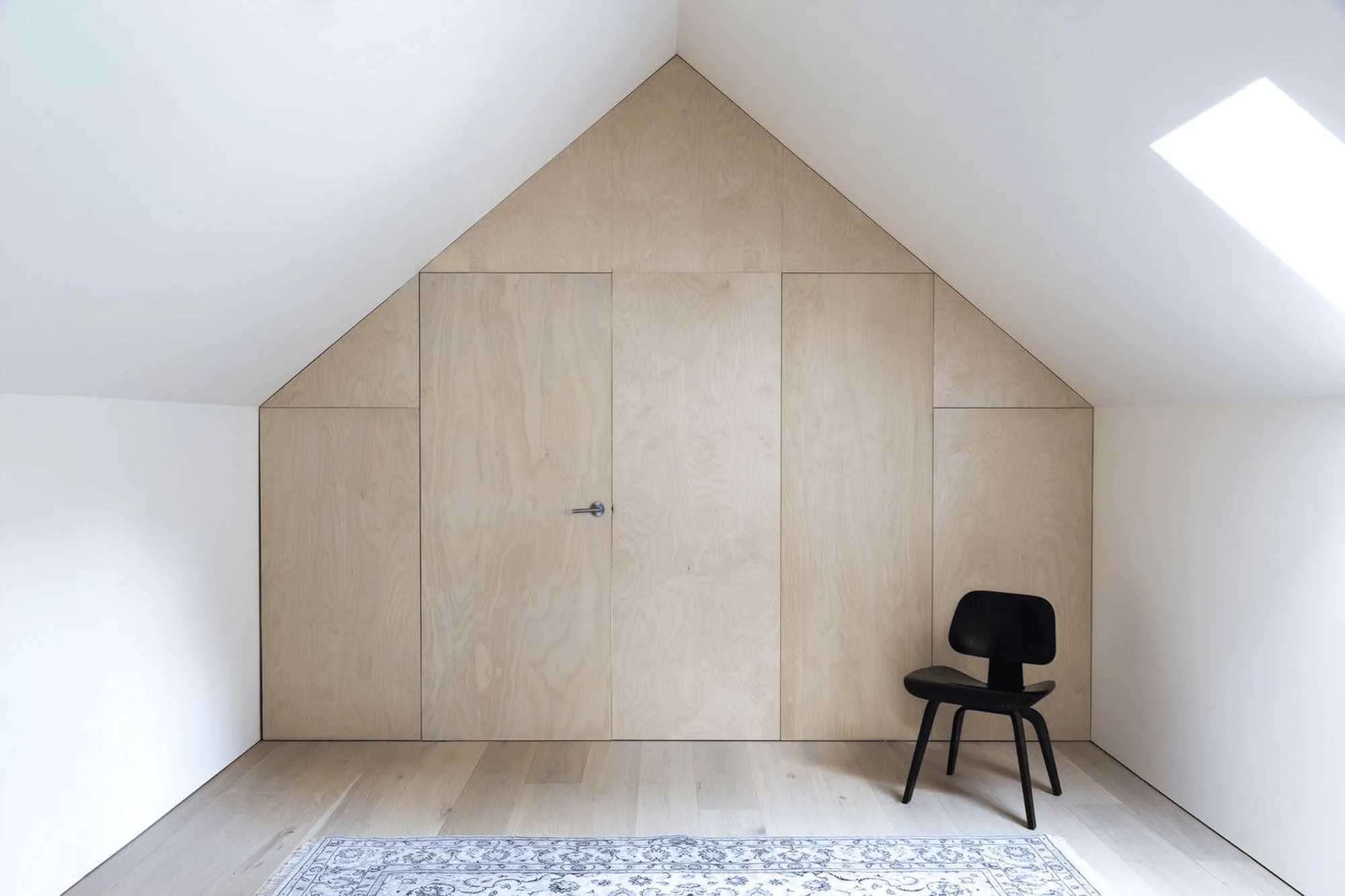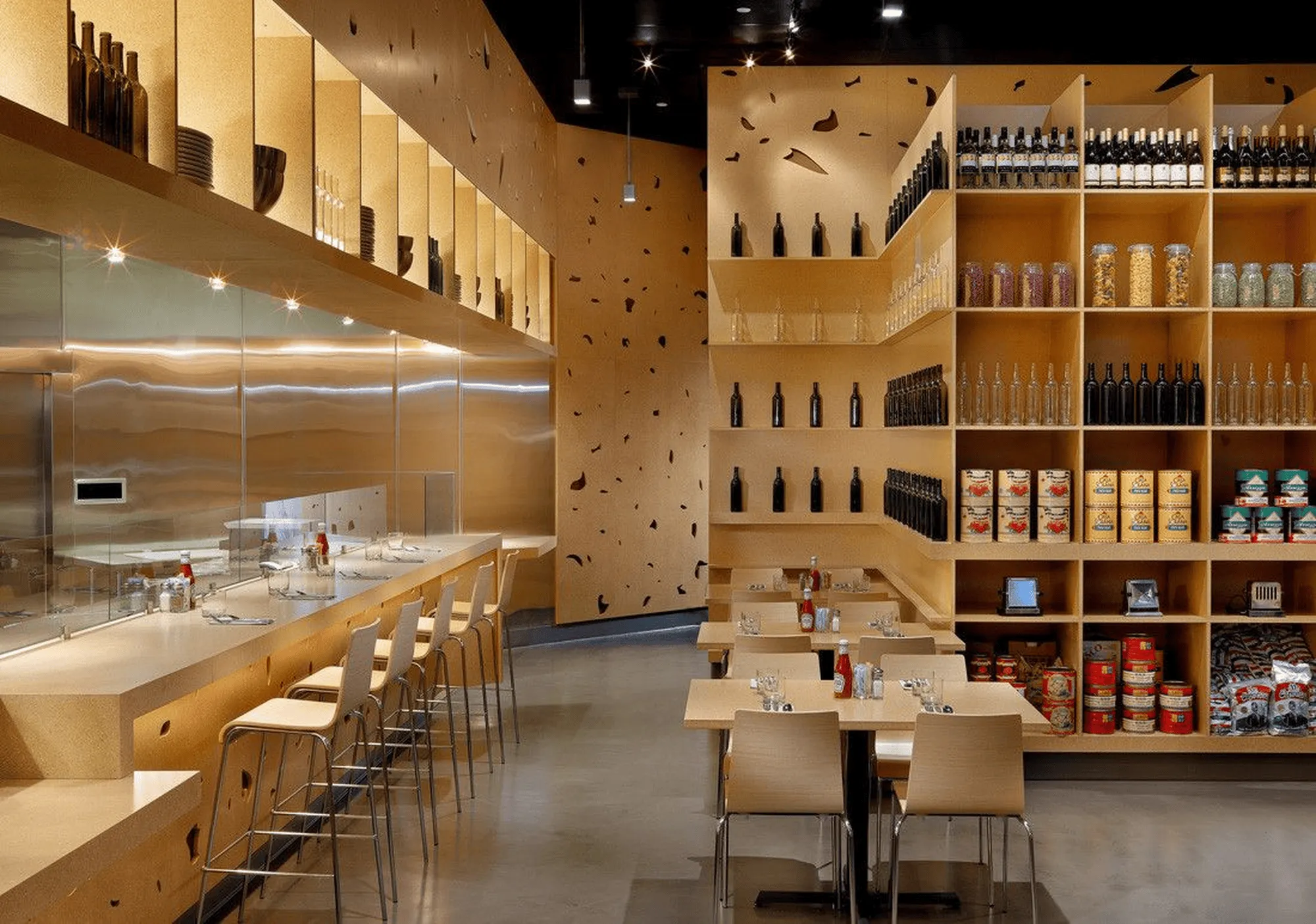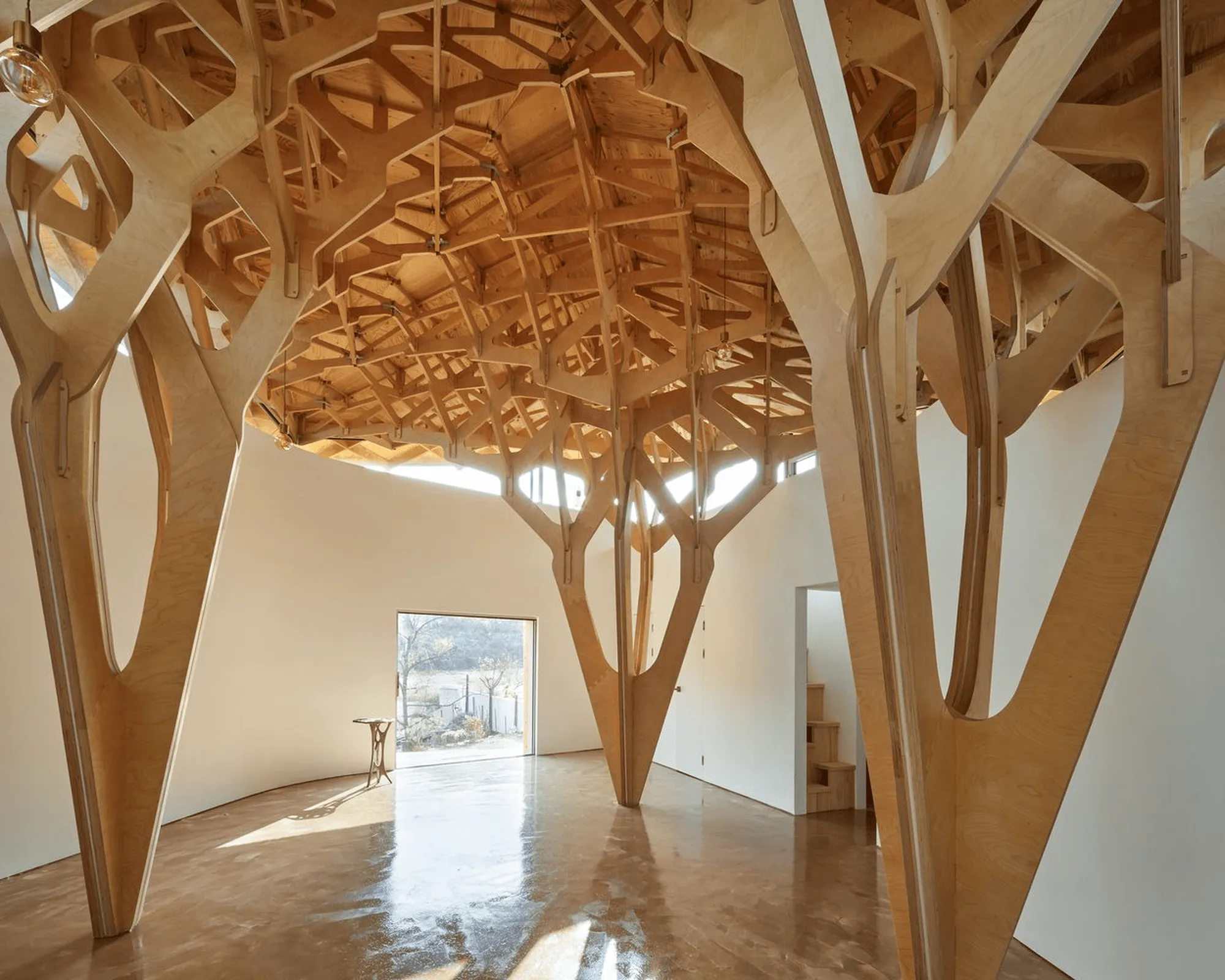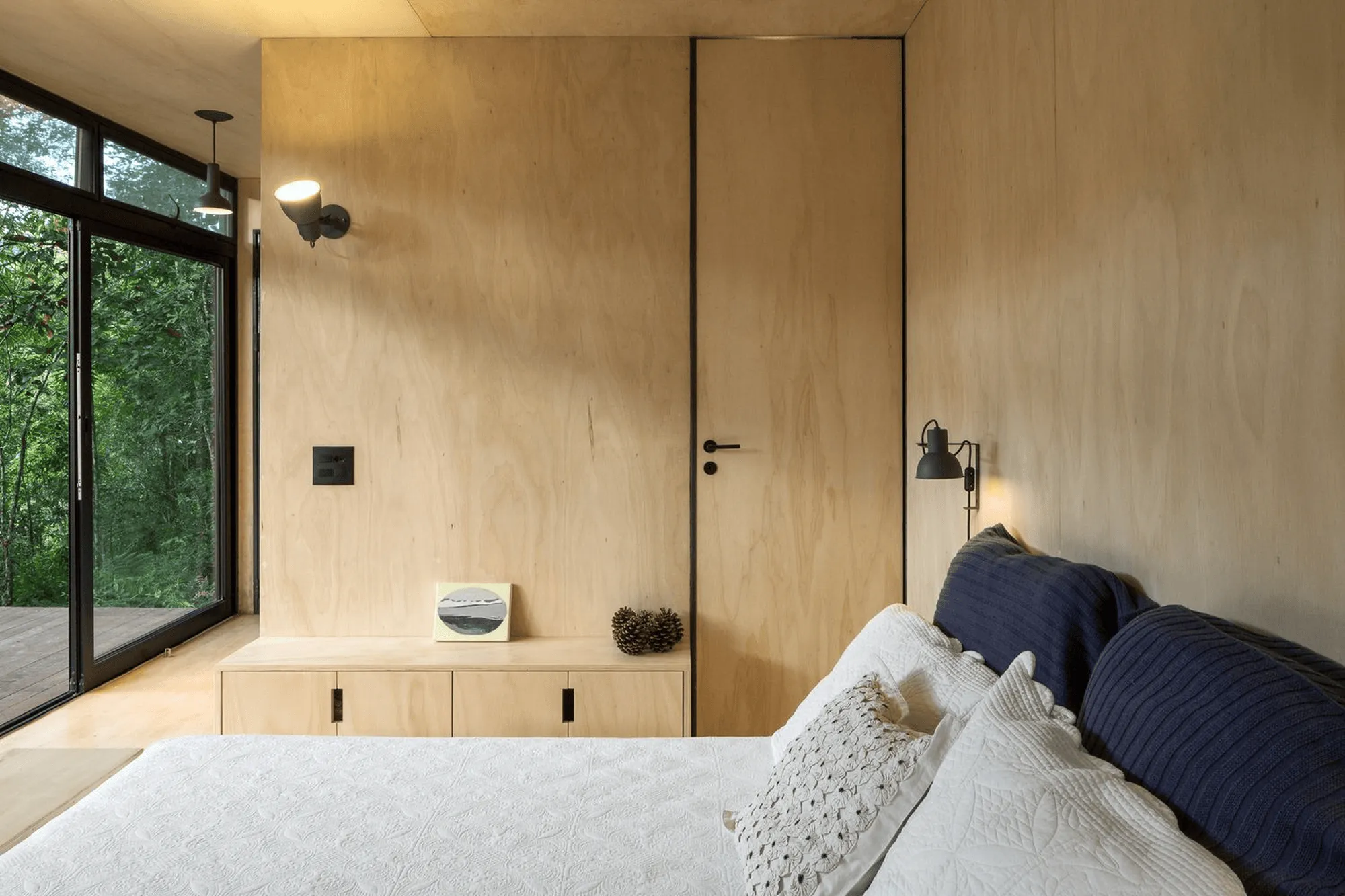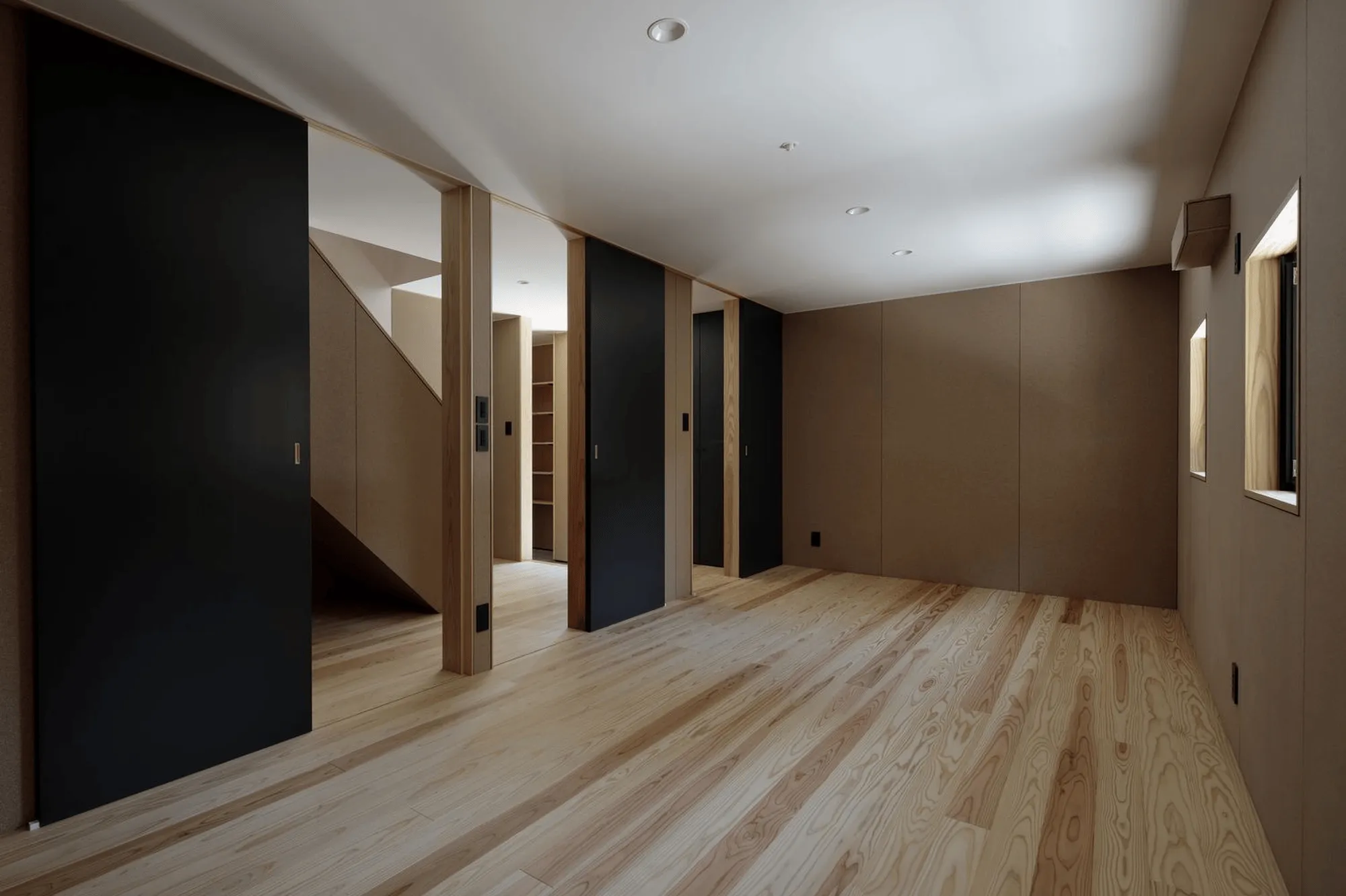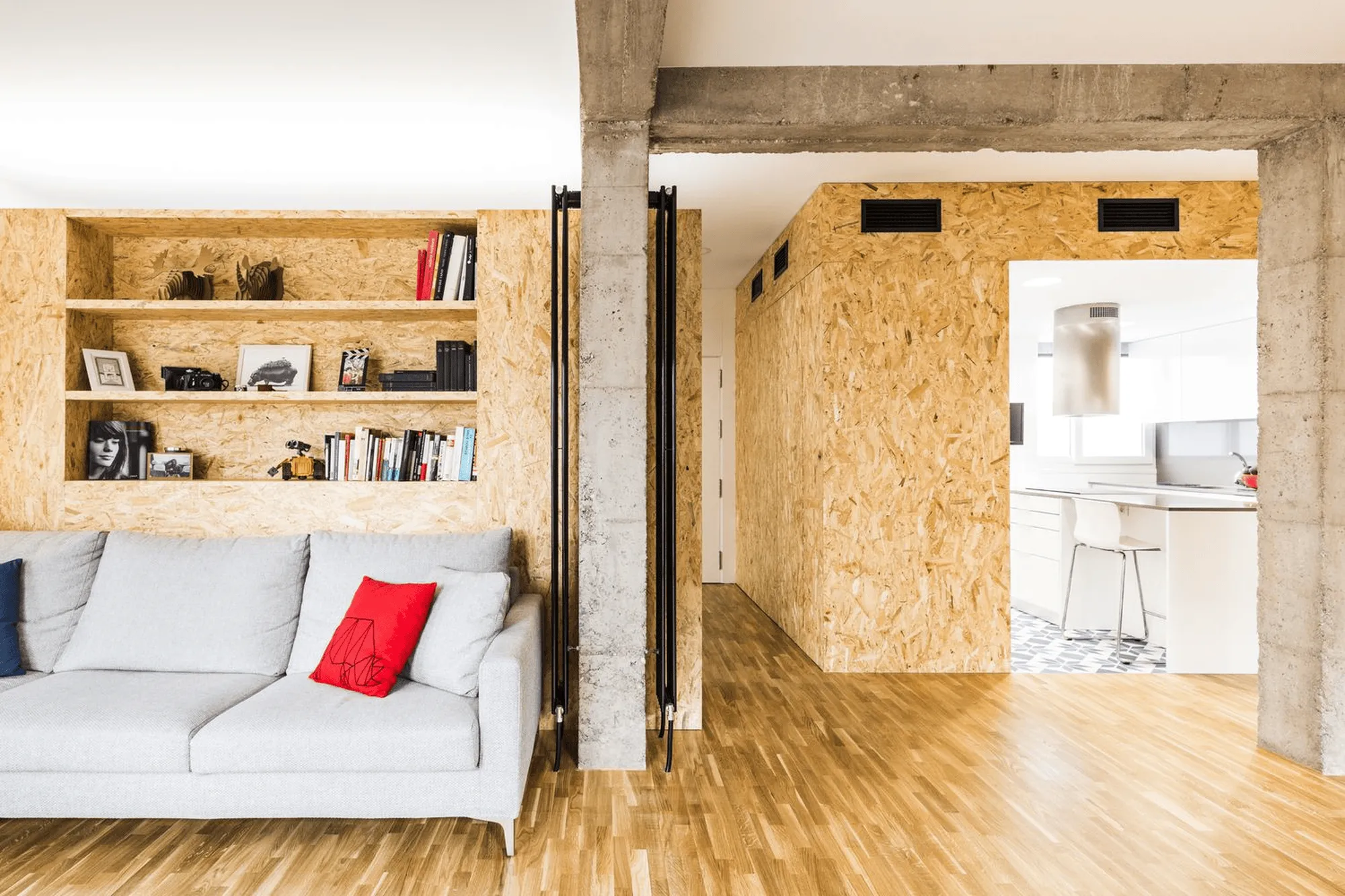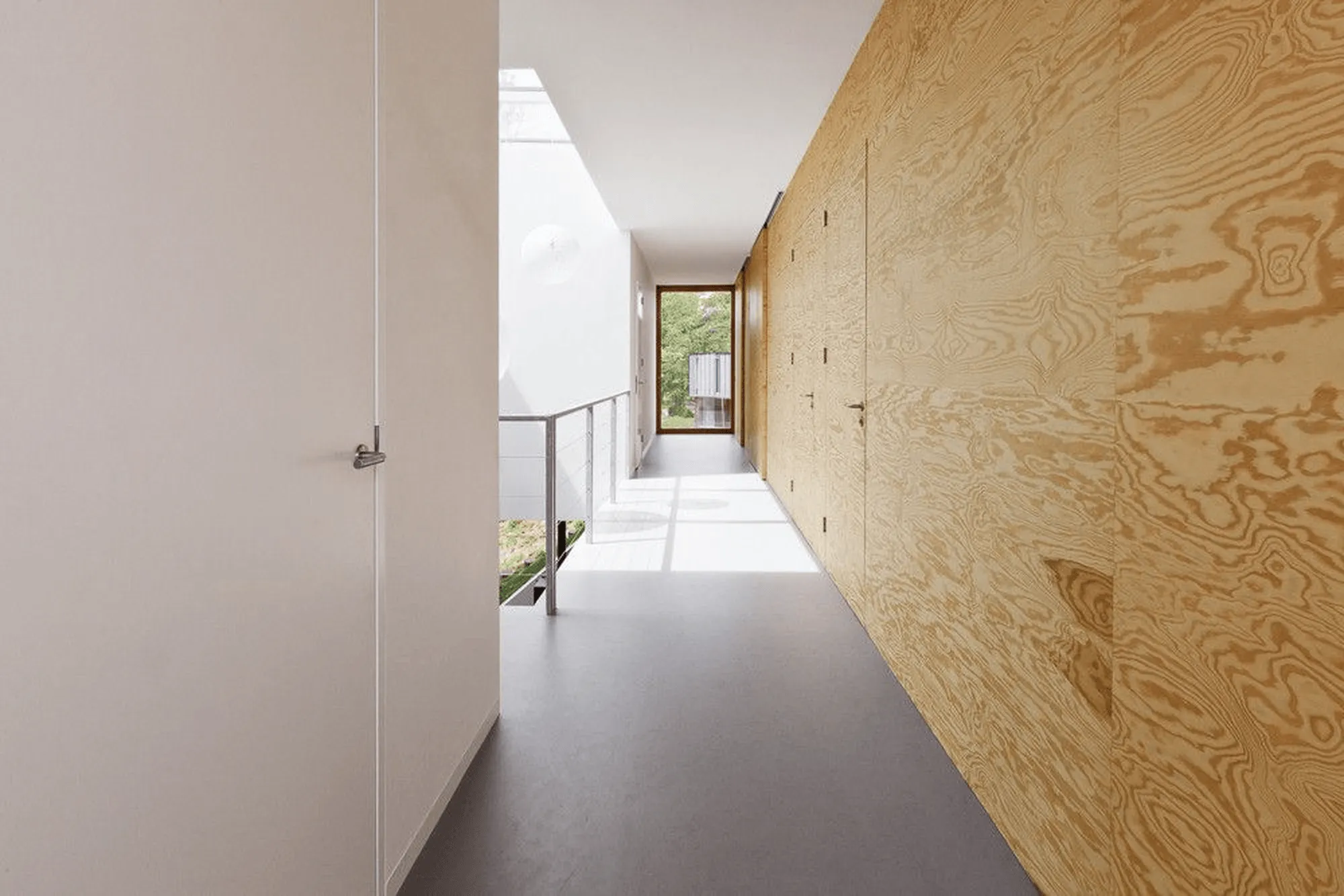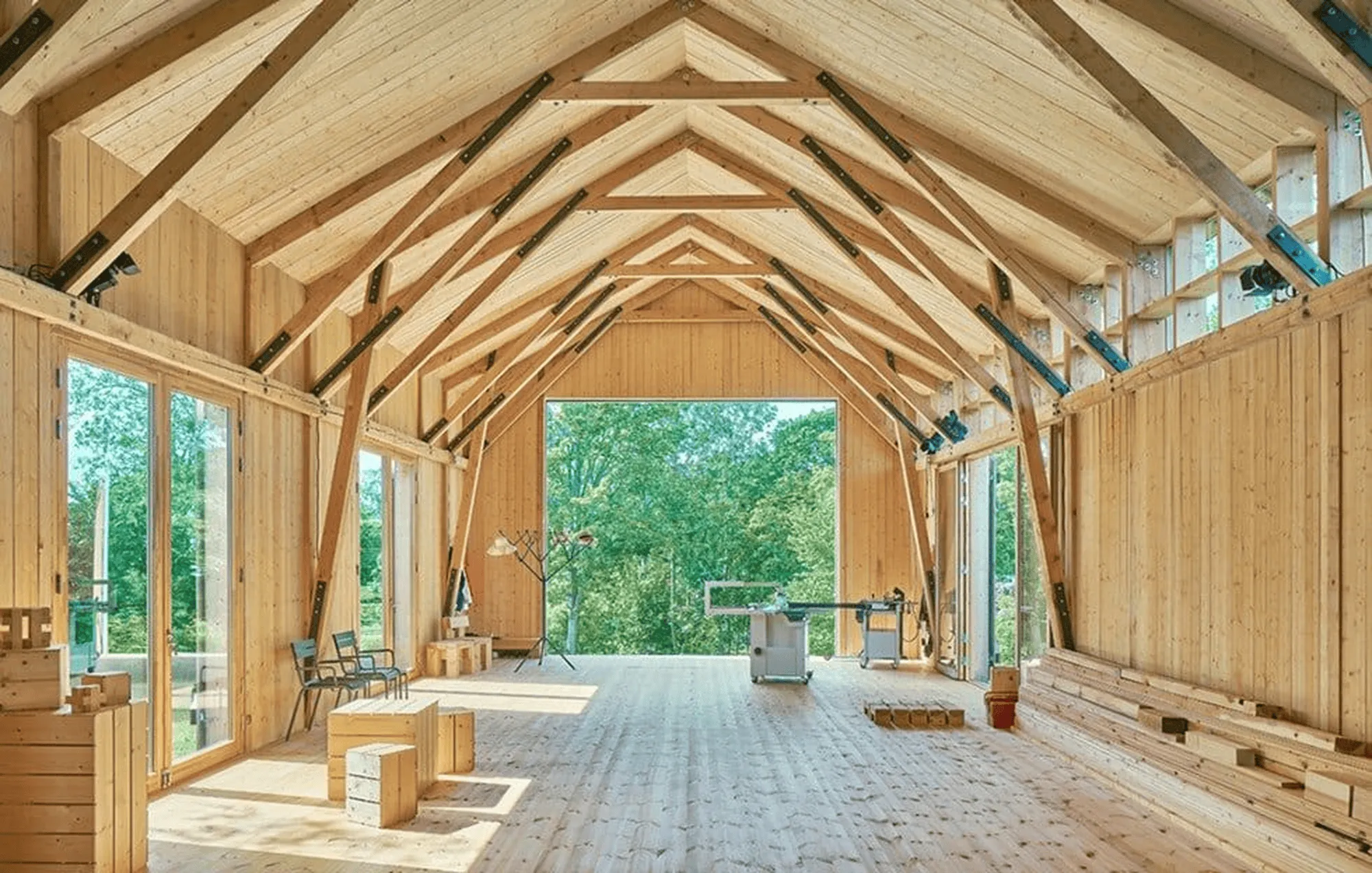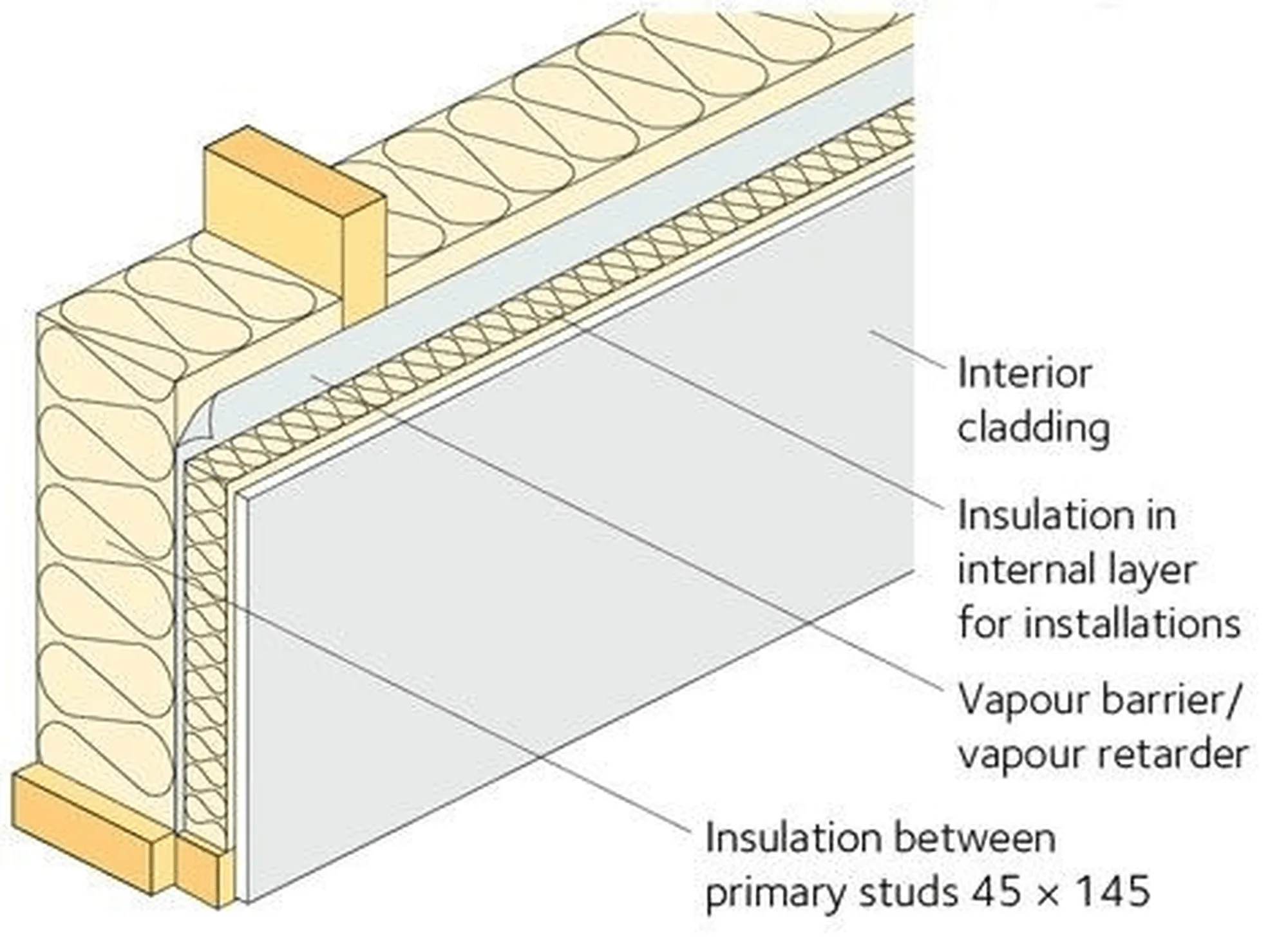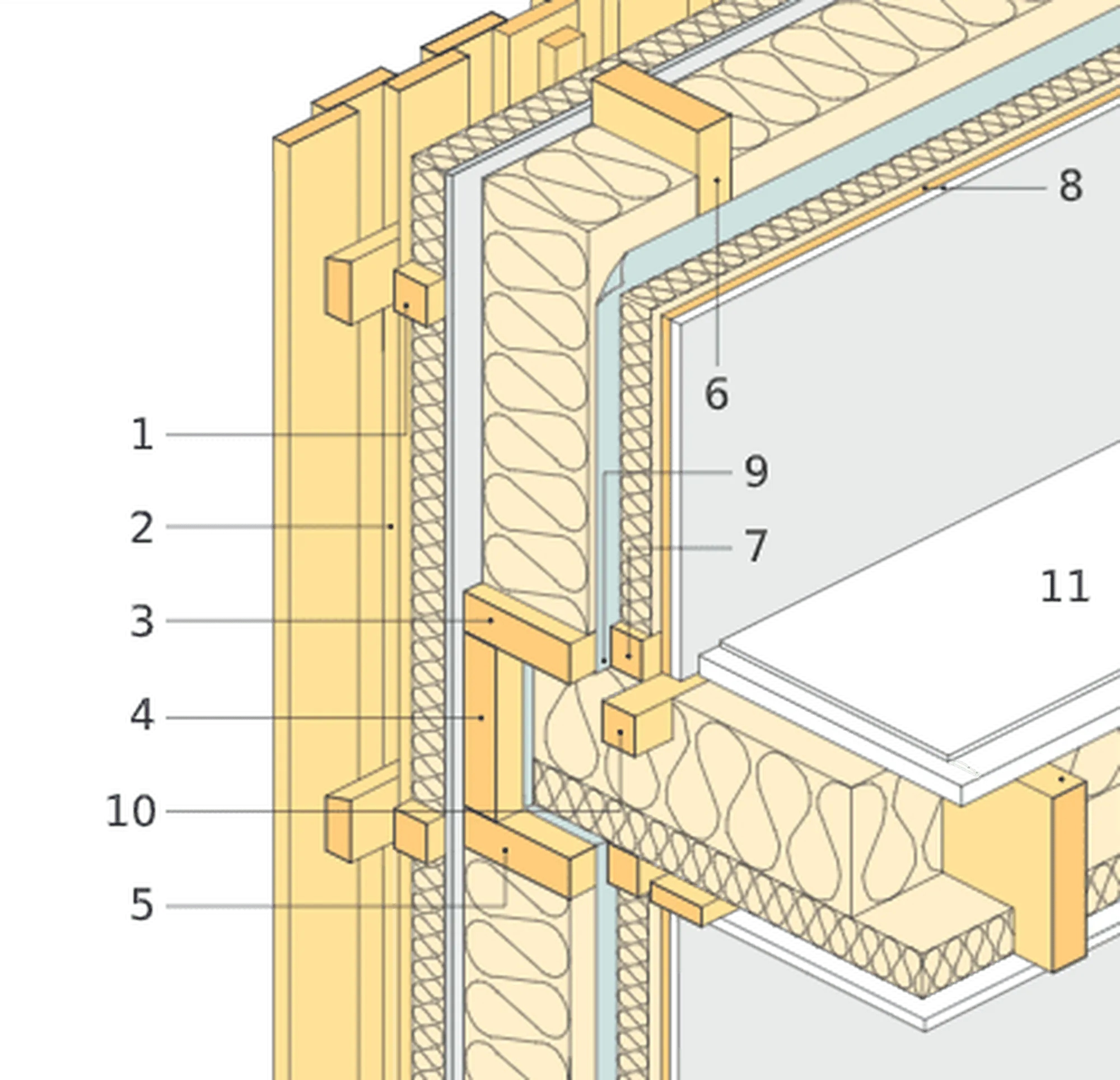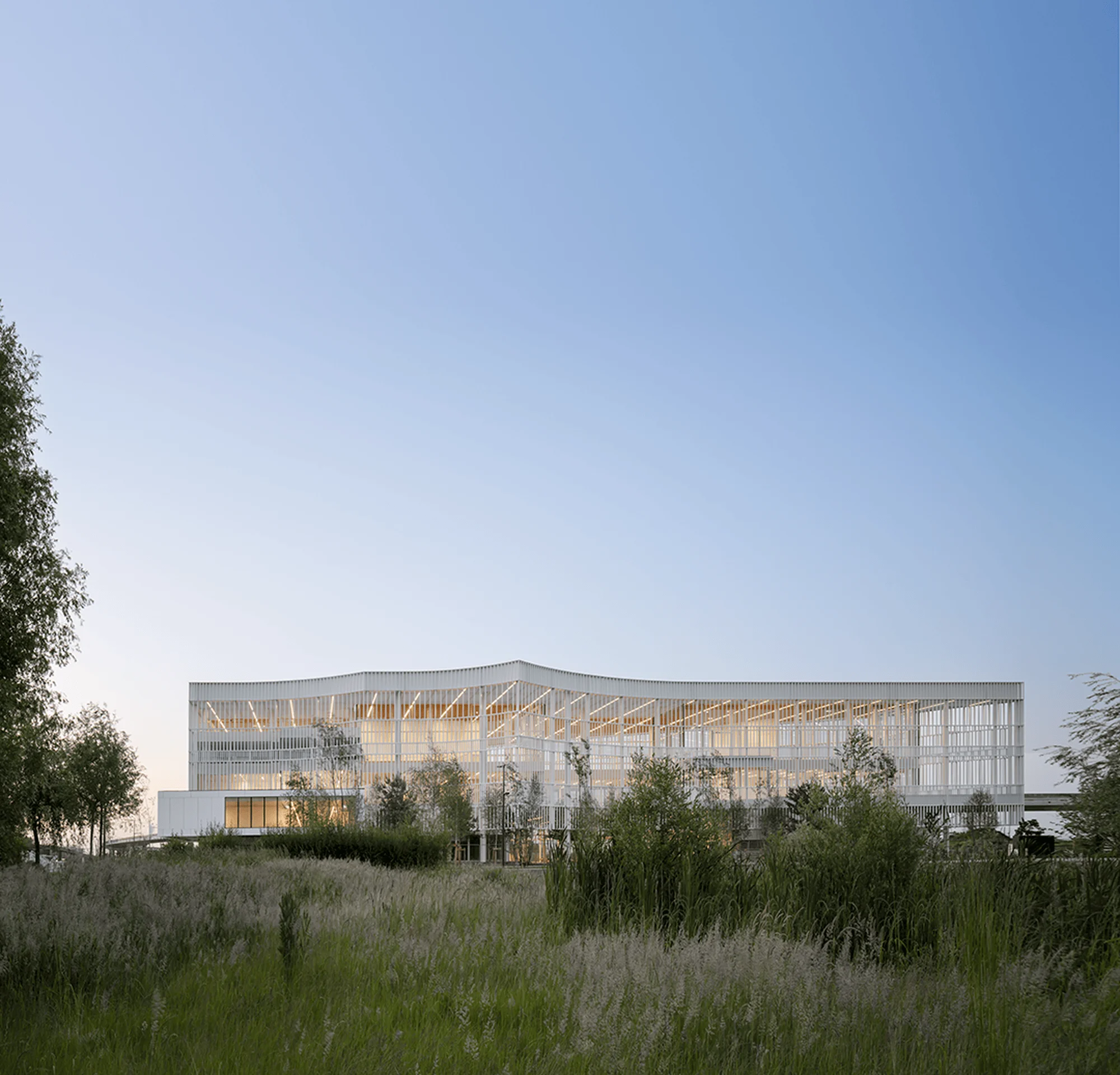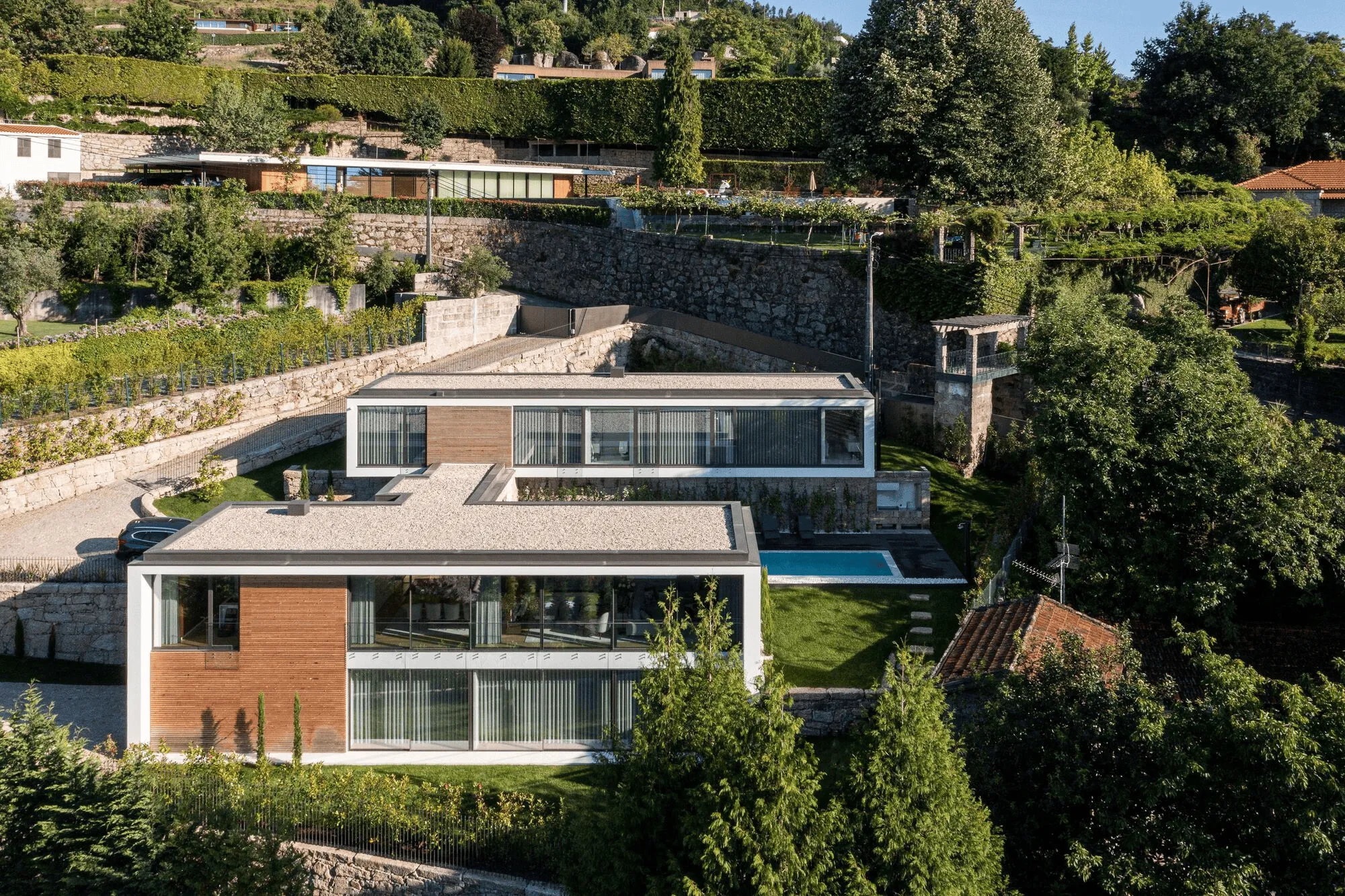Explore the beauty of wood construction techniques like timber framing, CLT, and modular systems, and learn about their strength, sustainability, and design flexibility.
Contents
The Allure of Wood in Construction
Wood has been a staple in construction for centuries, prized for its natural beauty, versatility, and sustainability. From traditional timber framing to modern cross-laminated timber (CLT) and modular systems, wood construction offers a wide range of techniques to create stunning and durable structures. In this article, we will delve into the world of wood construction, exploring its benefits and showcasing its diverse applications.
Timber Frame Construction: Strength and Aesthetics
Timber framing is a time-honored technique that utilizes heavy timber beams and posts to create a robust framework. This method is known for its strength, durability, and aesthetic appeal. Timber frame structures exude a sense of warmth and craftsmanship, making them popular choices for residential and commercial buildings. The exposed wood beams add a unique character to the interior, creating a connection to nature and a sense of timeless elegance.
Cross-Laminated Timber (CLT): Revolutionizing Wood Construction
CLT has emerged as a game-changer in the construction industry. This engineered wood product consists of layers of lumber stacked crosswise and bonded with adhesives, resulting in exceptional strength, stability, and fire resistance. CLT panels can be used for walls, floors, and roofs, allowing for rapid construction and design flexibility. CLT’s sustainability credentials further enhance its appeal, as it is sourced from renewable timber and has a lower environmental impact compared to traditional building materials.
Modular Wood Construction: Efficiency and Sustainability
Modular wood construction involves prefabricating building sections or modules in a factory setting and then assembling them on-site. This method offers numerous advantages, including speed, efficiency, and cost-effectiveness. Modular construction minimizes waste, reduces construction time, and allows for greater quality control. Furthermore, modular systems can be easily adapted and expanded, making them ideal for a variety of projects, from residential homes to large-scale commercial buildings.
Glulam Timber: Engineered for Strength and Beauty
Glulam, or glued laminated timber, is another engineered wood product that has gained popularity in recent years. It is created by bonding together thin layers of timber with strong adhesives, resulting in a material that is stronger and more stable than traditional solid timber. Glulam beams and columns can span long distances, making them suitable for large open spaces and complex architectural designs. The versatility of glulam allows for curved and intricate shapes, pushing the boundaries of wood construction.
The Future of Wood Construction
As technology advances and sustainability becomes increasingly important, wood construction is poised for continued growth and innovation. New engineered wood products and construction techniques are constantly being developed, expanding the possibilities for architects and designers. With its inherent beauty, strength, and environmental benefits, wood is set to remain a key material in shaping the built environment of the future.
Project Information:
Architects: Various Architects
Area: Various
Project Year: Various
Project Location: Global
Photographs: Various Photographers
Manufacturers: Various Manufacturers
Main Materials: Wood, Timber, CLT, Glulam
Project Type: Various


